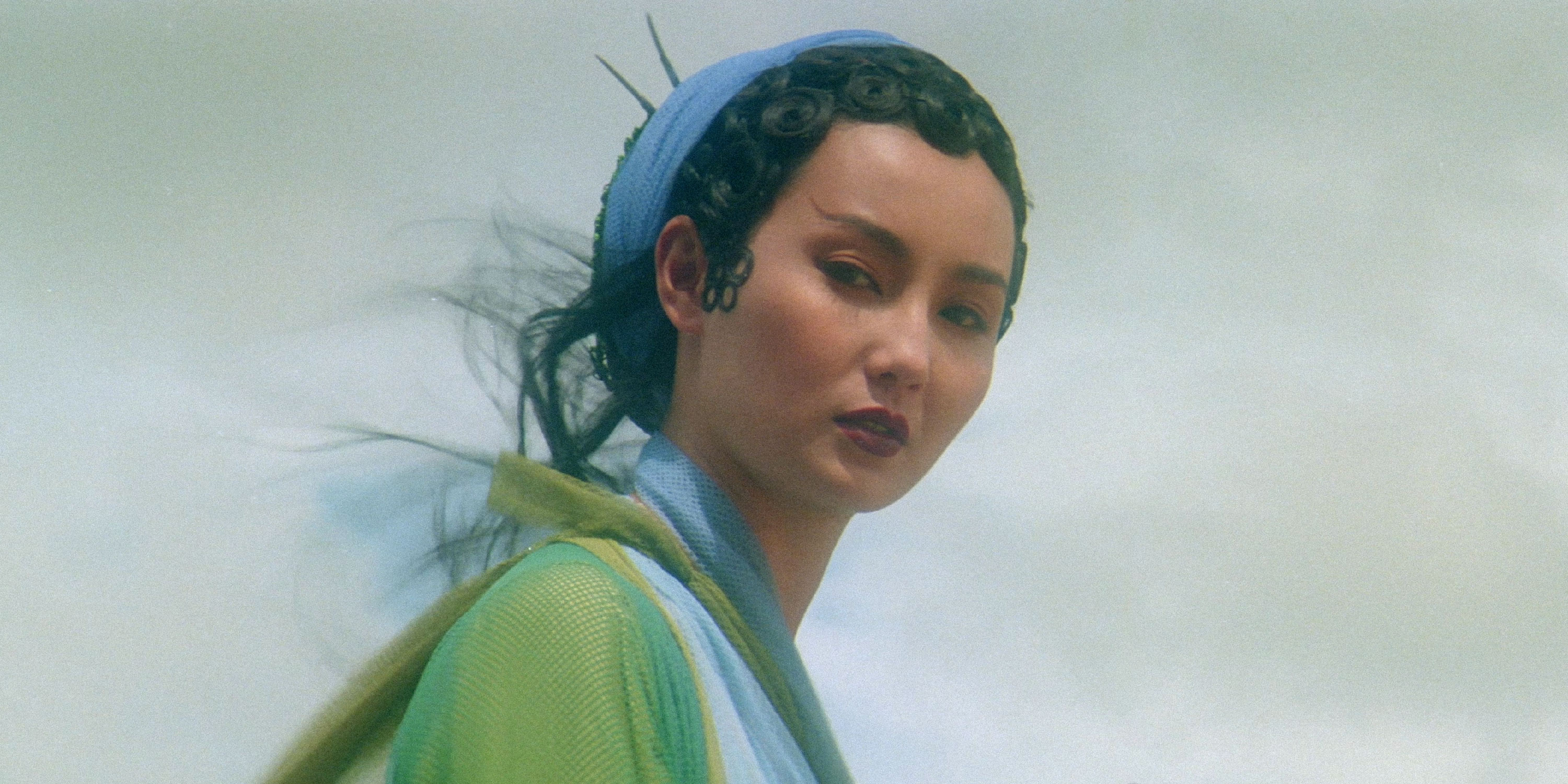
How a Green Snake Became a Feminist Symbol in China
One of the most famous Chinese folk tales is the “Legend of the White Snake.” Although early versions of the myth date back to the Tang dynasty (618–907), the modern origins of the story can be found in Feng Menglong’s “Stories to Caution the World,” a collection of short tales compiled during the Ming dynasty (1368–1644).
Although many variations exist, the basic outline goes like this: After 1,000 years of Taoist training, a white snake demon is transformed into a woman and takes up residence with a green snake demon. White Snake meets a scholar named Xu Xian, falls in love with him, and the pair marry and have a son. But their union is discovered by a monk named Fahai, who believes that humans and demons should not live together. Fahai lures Xu to a temple and holds him hostage. White Snake and Green Snake find and fight Fahai, flooding the temple in the process. Because of this, White Snake is deemed to have violated the law of heaven, and Fahai imprisons her beneath Leifeng Pagoda, beside Hangzhou’s West Lake. Years later, White Snake and Xu Xian’s son rises up to become a successful scholar, travels to Leifeng Pagoda, and rescues his mother, finally reuniting his family.
The protagonist of the story is clearly White Snake, while Green Snake plays only a minor supporting role. In the past few decades, however, the green snake has risen from obscurity and captured China’s imagination.
The defining work in this shift was the novel “Green Snake,” written by the Hong Kong author Lilian Lee in 1986 and later adapted into a hit film by Tsui Hark. In a reversal of the classic folk tale, Lee’s novel turns Green Snake into an antihero, challenging readers’ imaginations regarding inter-species romance and paving the way for radical new interpretations of Green Snake’s meaning. In the novel, Green Snake provokes White Snake, seduces Fahai, and kills Xu Xian, her suspicion and disdain of humanity, as well as her willingness to take revenge against the human world, upending the traditional story.
Lee’s novel reminds readers that the original legend presents a rigidly defined caste system in which demons are always below humans. “The status of a 500-year-old snake is lower than that of a 1,000-year-old snake, but the status of a 1,000-year-old snake is lower than that of a 1-year-old human,” Green Snake laments.
White Snake and Green Snake react to that hierarchy in different ways. White Snake submits herself to this stable system and expresses the desire to become “human” — not just biologically, but also taking on all the ethical duties and family responsibilities femininity implied in ancient China. Green Snake, on the other hand, distrusts and disobeys the existing order, refusing to accept human ways of living and family-based ideology. Instead, she exists somewhere between human and animal, unwilling to restrain her wild ferocity, nor accept the human-centered Buddhist cosmological order. “There’s an unimaginable instability inside of me,” she says — an instability that becomes the focal point of Lee’s novel.
This “instability” represents a challenge, not just to anthropocentrism, but also to patriarchy. The Chinese character for “demon” (yao) features a female component, reflecting the tendency of the patriarchal world to take the mysterious, incomprehensible female form and other it as a kind of malignant force. By focusing on the voices and stories of female demons, Lee’s book represents an attack on this narrative, as she reclaims the voices and perspectives of women from a history written by men.
There is a kind of mirror relationship between White Snake and Green Snake. Green Snake never marries or starts a family, and therefore maintains her independence and freedom, if not always her happiness. Meanwhile, White Snake is so eager to become a good wife and mother that she sacrifices everything, including her life, to adhere to Confucian gender roles.
This mirror relationship has made the book a popular topic of discussion among Chinese feminists: The companionship, competition, jealousy and kindness shown by the female leads are complex, multifaceted and ever-changing — like snakes tightly entwined with each other.
Some have even forwarded a queer reading of Green Snake. Gender mobility has always been an important feature of Green Snake’s characterization: In Fang Chengpei’s Qing (1644–1911) opera “Leifeng Pagoda,” — one of the best-known retellings of the White Snake myth — Green Snake was originally male, and only became a female servant after losing a battle with the white snake. In the Qing-era Sichuan opera “Legend of the White Snake,” Green Snake is depicted as androgynous, being played by female and male actors, respectively, depending on the scene.
Lee’s novel develops this theme further, creating a world where the flow of desire is disorderly, and any gender transgression is possible.
Ultimately, the modern popularity of Green Snake reflects a genuine interest in the questions she poses. What is justice? And who is it for? In all her forms — animal, sea spirit, woman, nonbinary – Green Snake forces the system to reckon with the voice of the marginalized.
Translator: David Ball; editor: Wu Haiyun; portrait artist: Wang Zhenhao.
(Header image: A still from the 1993 film “Green Snake.” From Douban)










